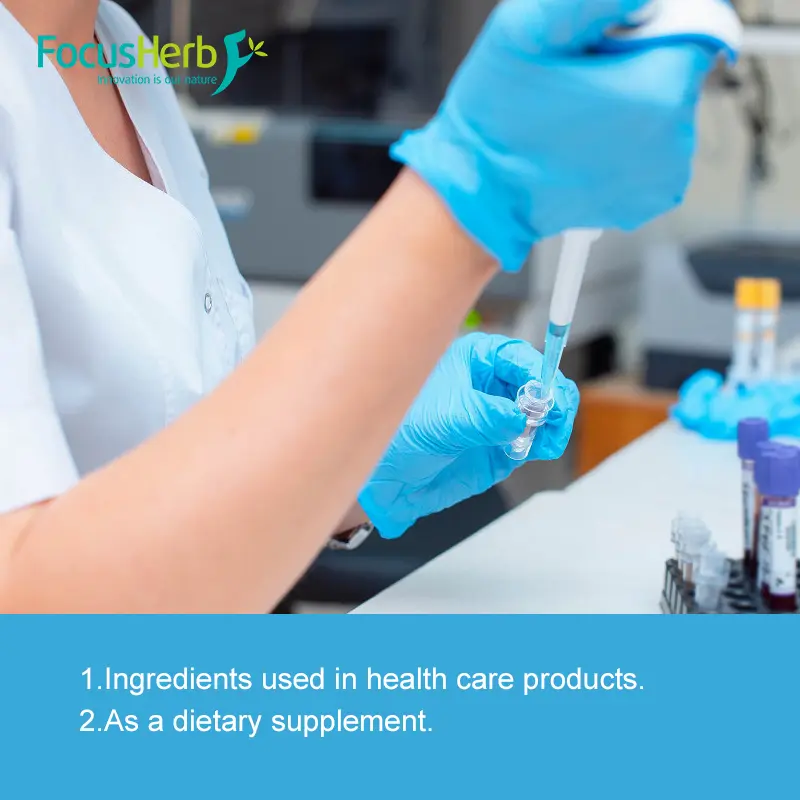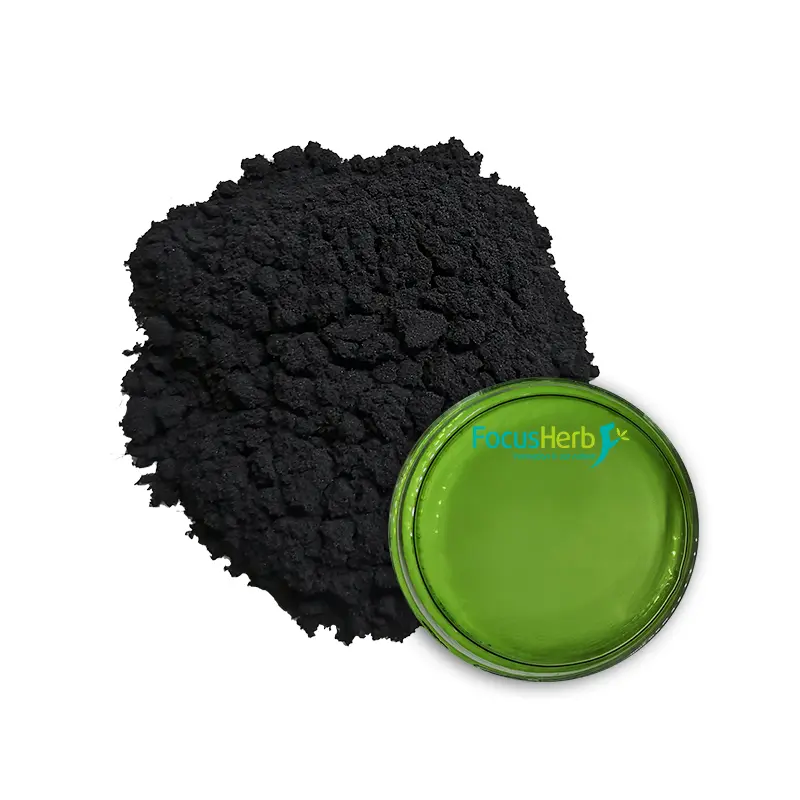In the dazzling world of food additives, sodium copper chlorophyllin is gradually gaining popularity as a natural food colorant. Its distinctive green color adds a refreshing, natural hue to numerous foods. From refreshing beverages to exquisite pastries and tempting candies, sodium copper chlorophyllin can be found everywhere. So, where does this miraculous sodium copper chlorophyllin come from?
 From Green Leaves to Table: Extraction and Preparation
From Green Leaves to Table: Extraction and Preparation
Raw Material Selection
sodium copper chlorophyllin can be extracted from a wide variety of sources, with silkworm excrement and spinach being the most commonly used. While seemingly unremarkable, sodium copper chlorophyllin, as the excrement of silkworms, is a high-quality raw material for chlorophyll extraction. It has a high chlorophyll content; research suggests that air-dried sodium copper chlorophyllin can contain up to 0.6% to 1.0% chlorophyll. Furthermore, it is widely available and relatively inexpensive. my country, a major sericulture country with abundant sodium copper chlorophyllin resources, facilitates the large-scale production of sodium copper chlorophyllin. Furthermore, silkworm excrement is relatively simple to collect and store. After screening and washing to remove impurities, it can be placed in a cool, dry place for later use, reducing the difficulty and cost of raw material pretreatment.
Spinach, a common green vegetable, is also an ideal choice for extracting sodium copper chlorophyllin. It is rich in chlorophyll and can be grown widely and harvested year-round. Spinach’s tender leaves and thin cell walls facilitate the release of chlorophyll during the extraction process, improving extraction efficiency. Furthermore, spinach contains relatively few impurities, simplifying the subsequent separation and purification process and facilitating the production of high-purity sodium copper chlorophyllin. In addition to silkworm excrement and spinach, plants such as peperomia and bamboo leaves are also rich in chlorophyll and can be used for the extraction of sodium copper chlorophyllin. Peperomia is a wild plant found in abundance in certain regions. Using it to extract sodium copper chlorophyllin not only effectively utilizes resources but also reduces production costs.
The Secret of the Extraction Process
The process of extracting chlorophyll from raw materials and preparing it into sodium copper chlorophyllin involves a series of sophisticated chemical principles and operational steps. The first step is to extract chlorophyll. Taking advantage of its solubility in lipid solvents such as ether, benzene, acetone, and ethanol, organic solvent extraction is typically used. Taking silkworm excrement as an example, pre-treated dry silkworm excrement is ground into a powder in a mortar and pestle. This powder is then wrapped in filter paper and loaded into a Soxhlet column. A mixture of ethanol and acetone is added to a bottom flask, and extraction is performed in a water bath at 75-79°C. At this temperature, the solvent can fully penetrate the silkworm excrement powder, dissolving and extracting the chlorophyll. As the siphoning process continues, the extract gradually turns dark green. When the siphoning extract is almost colorless, indicating that most of the chlorophyll has been extracted, extraction is stopped.
The resulting dark green solution is the crude chlorophyll extract. After the temperature drops below 50°C, it is filtered under reduced pressure to remove insoluble impurities. The filtrate is then transferred to a distillation flask, where the solvent is recovered by distillation. First, evaporate the acetone in a water bath at around 60°C. A sudden drop in the thermometer indicates the end of the acetone distillation. The temperature is then raised to 75-79°C to evaporate the ethanol. The recovered solvent can be recycled, reducing production costs. The remaining solution is filtered under reduced pressure and air-dried to obtain the initially extracted chlorophyll.
The next key step in preparing sodium copper chlorophyllin is the saponification reaction. The extracted chlorophyll is transferred to a round-bottom flask, an appropriate amount of NaOH-ethanol solution is added, and the solution is refluxed in a 60°C water bath for approximately one hour. During this process, the magnesium atom in the chlorophyll molecule combines with the nitrogen atoms on the four pyrroles. One of the dicarboxylic acid esters on the ring is esterified with a methyl group, while the other is esterified with a phytol group. Under alkaline conditions, saponification occurs, producing soluble chlorophyllin salts, along with methanol and phytol. The reaction equation is:
After the saponification reaction is complete, the solution contains impurities in addition to the chlorophyllin salts, which require extraction and removal. After cooling the saponified solution, transfer it to a separatory funnel and add an equal amount of petroleum ether for extraction. Petroleum ether dissolves some oil-soluble impurities in the solution, such as yellow lutein, while chlorophylls remain insoluble in petroleum ether and remain in the lower layer. After allowing the layers to separate, remove the green, soluble chlorophylls solution from the lower layer. The petroleum ether in the upper layer can be recovered using a rotary evaporator and recycled. Repeat the extraction process 2-3 times to ensure complete removal of impurities.
Then proceed with the copper substitution and salt formation reaction. The cleaned extract is adjusted to pH 7 with 1:1 hydrochloric acid. Then, an appropriate amount of copper sulfate solution is added, and the pH is adjusted to 2-3 with hydrochloric acid. The reaction is stirred at 60°C for 1 hour. Under acidic conditions, the magnesium in the sodium chlorophyll molecule is easily replaced by hydrogen atoms, forming brown chlorophyllic acid. The reaction equation is:
C34H30O5N4MgNa2+4H+=C34H34O5N4+Mg2++2Na+
. After adding copper sulfate, chlorophyllic acid reacts with copper ions to form chlorophyllic acid. The reaction equation is:
C34H34O5N4+Cu2+=C34H32O5N4Cu+2H+
. At this point, chlorophyllic acid precipitates in the solution. Filter under reduced pressure, wash the residue with 95% ethanol two to three times, and then drain to remove any remaining impurities. Combine the filtrate and washings, add twice the volume of distilled water, and let it stand for four hours to allow the chlorophyllic acid to fully precipitate. Drain again under reduced pressure. The filter residue is first washed with distilled water, then with 40% ethanol, and repeated 2-3 times to further remove impurities and obtain relatively pure copper chlorophyllin.
Finally, dissolve the copper chlorophyllin in an appropriate amount of acetone and dilute it with 95% ethanol. While stirring, add 20% NaOH-ethanol solution and adjust the pH to around 11. The solution is allowed to stand for 30 minutes to allow the copper chlorophyllin to react with the base to form sodium copper chlorophyllin. The reaction equation is:
C34H32O5N4Cu + 2NaOH = C34H30O5N4CuNa2 + 2H2O.
After the reaction is complete, use a glass rod to place a small amount of the solution on filter paper. If the filter paper does not turn green, the salt is completely formed. Filter the filter residue, wash the crystals with 95% ethanol 2-3 times to remove residual impurities and solvent, and then dry at 60°C to obtain the finished product, sodium copper chlorophyllin, with a dark green luster.
Unique Properties and Charms
Appearance and Form
Sodium copper chlorophyllin typically appears as a dark green powder with a fine texture. When you gently rub it in your hands, you’ll experience a delicate touch, as if you were touching the essence of nature. Microscopically, its powder particles are uniform. Under a microscope, these particles resemble tiny green crystals, arranged in an orderly pattern and emitting a unique luster. This dark green appearance is its distinctive hallmark as a green pigment, imparting a natural, refreshing green hue to products, evoking vibrant greenery.
Solubility and Solution Properties
Sodium copper chlorophyllin has excellent water solubility, making it widely used in industries such as food and beverages. When added to water, it dissolves rapidly, forming a clear, blue-green solution. This solution is extremely transparent, resembling a clear lake, and reflects a beautiful green glow when exposed to light. Furthermore, it disperses very well in solution, without precipitation or stratification, providing a uniform color throughout the entire system. In addition to water, it is soluble in organic solvents such as ethanol, but is virtually insoluble in oils and petroleum ether. Sodium copper chlorophyllin also performs well in products that require alcohol as a solvent, adding a unique color.
Stability Challenges and Responses
Although sodium copper chlorophyllin has significantly improved stability compared to natural chlorophyll, it still faces some stability challenges. Under light conditions, especially prolonged exposure to strong light, the color of sodium copper chlorophyllin gradually fades. This is because light triggers changes in its molecular structure, causing the pigment to decompose. At high temperatures, such as above 110°C, it also decomposes, losing its original color and function. Furthermore, pH significantly affects the stability of sodium copper chlorophyllin. When the pH of the solution is below 6, the planar structure of sodium copper chlorophyllin molecules tends to aggregate in acidic conditions, resulting in a powdery precipitate at the bottom of the solution, which affects its effectiveness. To address these stability issues, several measures are often implemented in practical applications. During food processing, we will try our best to avoid exposing the product to strong light and high temperature for a long time; for foods with strong acidity, we will adjust the formula or add stabilizers to maintain the stability of sodium copper chlorophyllin to ensure that it can play a good coloring role in the product.
Wide Range of Applications The Green Magic of the Food Industry
The Green Magic of the Food Industry
In the food industry, sodium copper chlorophyllin acts like a magical sorcerer, adorning a wide range of foods with a refreshing, natural green hue. Its applications are extremely broad in the beverage sector. For example, adding an appropriate amount of sodium copper chlorophyllin to refreshing and delicious fruit juices creates a natural green hue, reminiscent of freshly picked fruit, enhancing the drink’s visual appeal and seeming to embody the vibrant energy of spring. It also provides excellent coloring in carbonated beverages, adding a unique green hue to otherwise clear drinks, making them stand out on the shelf and attracting consumers’ attention.
Sodium copper chlorophyllin also performs exceptionally well in baked goods. For example, adding sodium copper chlorophyllin to matcha cake during production imparts a vibrant, natural green hue, making the cake even more appealing. Furthermore, it does not affect the taste or texture of the cake itself, allowing consumers to savor the delicious flavor while enjoying the refreshing aroma of nature. For bread, adding sodium copper chlorophyllin can create green whole-wheat bread, enriching its color and enhancing consumers’ appreciation for healthy food while enjoying its delicious flavor.
Sodium copper chlorophyllin also contributes significantly to the candy and chocolate industries. When creating green candies, it provides a stable and vibrant green color, making them more appealing. Adding sodium copper chlorophyllin to chocolate creates unique green chocolate, offering consumers a fresh taste and visual experience. Whether in hard candies, soft candies, or chewing gum, sodium copper chlorophyllin adds a unique color appeal to candies, satisfying consumers’ demand for diverse and personalized foods.
Health Benefits in the Medical Field
Sodium copper chlorophyllin has also demonstrated unique value in the medical field. It has significant efficacy in treating hepatitis, promoting liver cell repair and regeneration and enhancing the liver’s detoxification function. Studies have shown that sodium copper chlorophyllin can inhibit the expression of inflammatory factors in the liver, reducing inflammatory responses, and thus helping to improve the condition of hepatitis patients. In clinical practice, many hepatitis patients have seen significant improvement in liver function after taking medications containing sodium copper chlorophyllin, with transaminase and other indicators gradually returning to normal.
Sodium copper chlorophyllin can also be used as a hematopoietic cell complex for the adjunctive treatment of leukopenia. Animal experiments have demonstrated that it can improve peripheral blood counts of mice with radiation-induced aplastic anemia, including red blood cells, hemoglobin, blood cells, and platelets, and significantly promotes the recovery of pluripotent stem cells, granulocytes, erythroid progenitor cells, and bone marrow stromal cells in the mice’s bone marrow. This is because sodium copper chlorophyllin regulates the proliferation and differentiation of hematopoietic stem cells, promoting the recovery of bone marrow hematopoietic function, thereby increasing white blood cell production and boosting immunity. In practical applications, sodium copper chlorophyllin can be used as an adjunctive therapy for patients with leukopenia caused by chemotherapy, radiotherapy, and other conditions, helping to alleviate symptoms and improve quality of life.
Beauty Secrets in the Cosmetics Industry
In the cosmetics industry, sodium copper chlorophyllin, due to its unique properties, has become a key ingredient in numerous products. In skincare products, it’s often added to facial masks and lotions. Because of its antioxidant and free radical scavenging properties, sodium copper chlorophyllin helps protect the skin from environmental damage and slows aging. Adding sodium copper chlorophyllin to facial masks can provide ample nutrients and moisture, making it smoother, more supple, and more elastic. Adding it to lotions can enhance the moisturizing effect while also improving skin tone and leaving it with a healthy glow.
Sodium copper chlorophyllin also plays a vital role in cosmetics. It can be used to create green eyeshadow, blush, and other colors, adding a unique touch. Compared to other synthetic pigments, sodium copper chlorophyllin is more natural, safer, and non-irritating to the skin. Furthermore, its natural green color creates a fresher, more natural look, meeting the current consumer demand for a healthy, natural look. Adding an appropriate amount of sodium copper chlorophyllin to lipstick can create a unique green lipstick, satisfying the needs of consumers seeking individuality and fashion, bringing more innovation and possibilities to the cosmetics market.
In-Depth Safety Analysis
Safety Assurance Under Normal Use
At normal dosages, sodium copper chlorophyllin is highly safe for the human body. my country’s national food safety standard, “Standard for the Use of Food Additives” (GB 2760-2014), clearly defines the scope and maximum usage of sodium copper chlorophyllin in food. The maximum usage limit is 0.5g/kg in pastries, 0.5g/kg in fruit and vegetable juice (and meat) beverages, and 0.5g/kg in blended alcoholic beverages. As long as food manufacturers strictly adhere to these standards, sodium copper chlorophyllin can effectively ensure consumer safety. Numerous scientific studies have also provided strong support for the safety of sodium copper chlorophyllin. Studies have shown that within normal intake levels, sodium copper chlorophyllin does not accumulate in the human body and does not cause significant toxic effects on vital organs such as the liver and kidneys. It undergoes a series of metabolic processes in the body and is ultimately excreted, without adverse effects on human physiological functions.
Potential Risks of Excessive Intake
Although sodium copper chlorophyllin is safe at normal doses, excessive intake may pose some potential risks. Because sodium copper chlorophyllin contains copper, excessive intake can lead to excessive copper levels in the body, causing symptoms of copper overload. These symptoms include nausea, vomiting, diarrhea, and liver damage. When excessive sodium copper chlorophyllin is consumed, intestinal absorption of copper increases, exceeding the liver and other organs’ ability to metabolize and excrete it. This leads to copper accumulation in the body, potentially damaging the liver and other organs. Some people may experience allergic reactions to sodium copper chlorophyllin. After contact with or ingesting products containing sodium copper chlorophyllin, they may experience allergic symptoms such as itching, redness, swelling, and rashes. In severe cases, they may even experience difficulty breathing. People with specific health conditions, such as those allergic to artificial pigments, should exercise extreme caution when using products containing sodium copper chlorophyllin to avoid potential harm from allergic reactions. Therefore, both food manufacturers and consumers should strictly follow regulations when using and consuming sodium copper chlorophyllin to ensure its safety.
Future Outlook
Sodium copper chlorophyllin, a natural, multifunctional substance, has demonstrated unique value and broad application prospects in the fields of food, medicine, and cosmetics. With the continuous advancement of science and technology and growing awareness of health and environmental protection, sodium copper chlorophyllin is expected to achieve breakthroughs and innovative applications in even more areas.
In the food industry, beyond its existing applications, as consumers increasingly demand personalized and customized foods, sodium copper chlorophyllin can be further expanded into coloring specialty and high-end foods. For example, in some high-end customized chocolates and desserts, the unique color and natural properties of sodium copper chlorophyllin can be leveraged to create unique selling points, satisfying consumers’ demand for high-quality food. Furthermore, with the continuous innovation of food processing technology, such as the development of emerging technologies like 3D food printing, sodium copper chlorophyllin can better adapt to these new technologies, providing more possibilities for food design and color.
In the pharmaceutical field, as research into the medicinal value of sodium copper chlorophyllin continues to deepen, it is expected that more therapeutic drugs for specific diseases will be developed. For example, further exploration of its mechanisms of action in antioxidant, anti-inflammatory, and anti-tumor applications could lead to the development of new anticancer and anti-inflammatory drugs. Furthermore, in the nutritional supplement sector, sodium copper chlorophyllin can serve as a key active ingredient in products with benefits such as immunity enhancement, sleep improvement, and fatigue relief, meeting people’s growing health and wellness needs.
In the cosmetics industry, as demand for natural and safe cosmetics continues to grow, sodium copper chlorophyllin, as a natural pigment and active ingredient, will have even greater market potential. In the future, more high-end skincare and makeup products containing sodium copper chlorophyllin, such as green primers and foundations, could be developed. This would not only add a unique color to the products but also leverage its antioxidant and other benefits to provide enhanced skin care.
Beyond these traditional applications, sodium copper chlorophyllin has also demonstrated potential in emerging fields. In agriculture, sodium copper chlorophyllin can be used as a plant growth regulator to promote photosynthesis and improve crop yield and quality. In the environmental protection field, sodium copper chlorophyllin can be used in wastewater treatment, utilizing its adsorption and degradation of certain pollutants to purify water. In materials science, sodium copper chlorophyllin can be used as a functional additive to prepare materials with specialized properties, such as optoelectronic devices and sensors.
As a substance with unique appeal and broad application prospects, sodium copper chlorophyllin will continue to expand its application areas in the future, bringing more surprises and conveniences to people’s lives. We have reason to believe that, driven by science and technology, sodium copper chlorophyllin will play an even more important role in various fields, becoming a vital force driving industrial development and social progress.










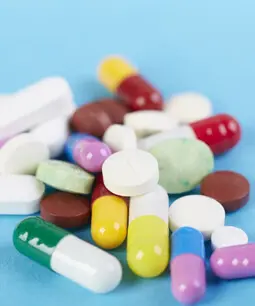








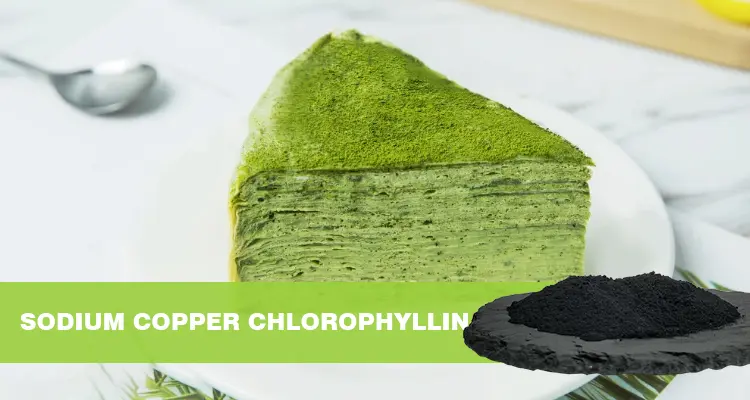 From Green Leaves to Table: Extraction and Preparation
From Green Leaves to Table: Extraction and Preparation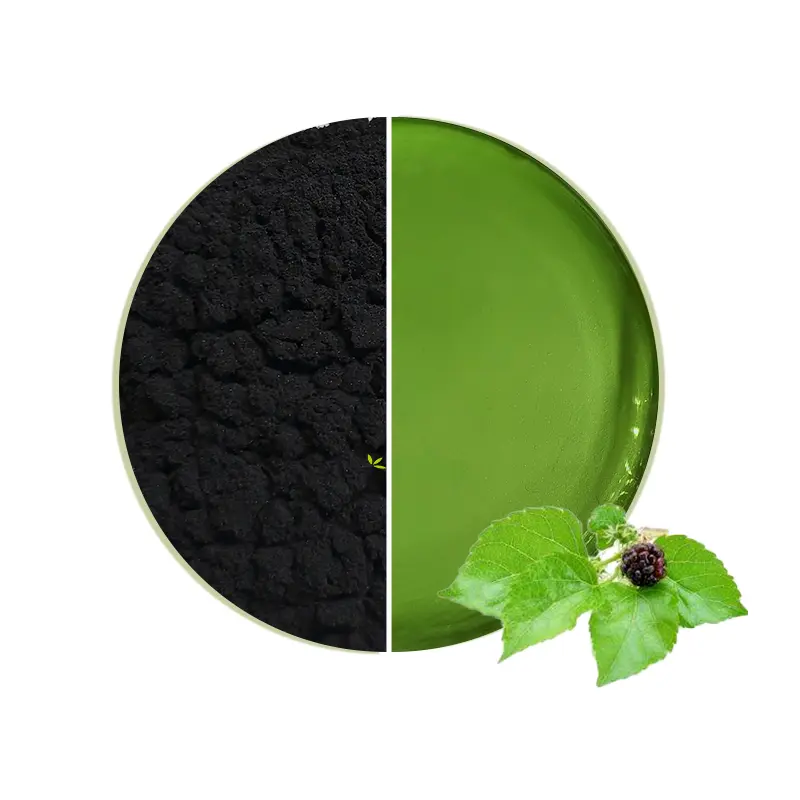
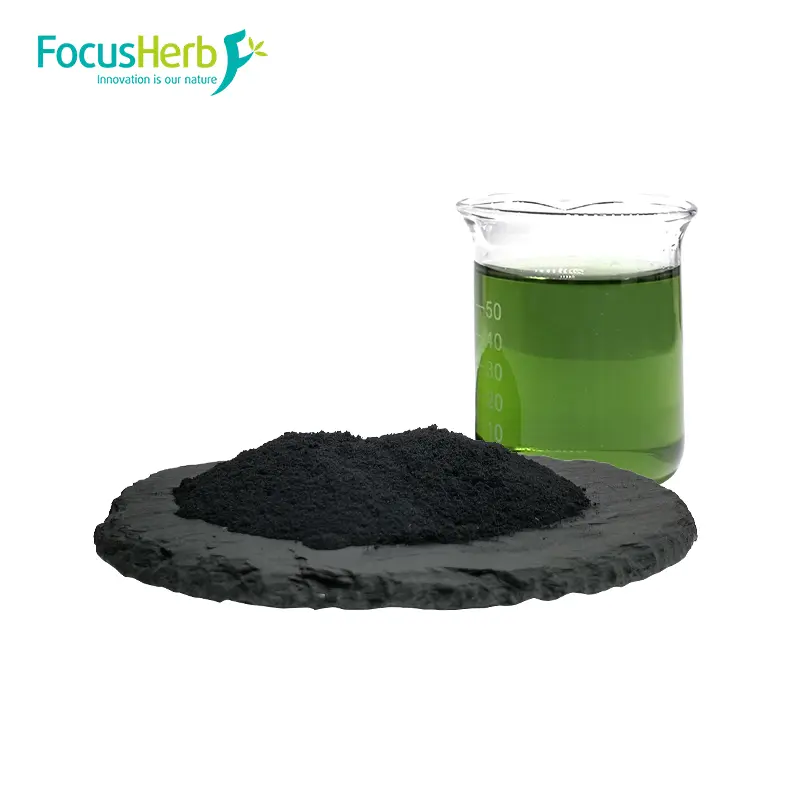 The Green Magic of the Food Industry
The Green Magic of the Food Industry